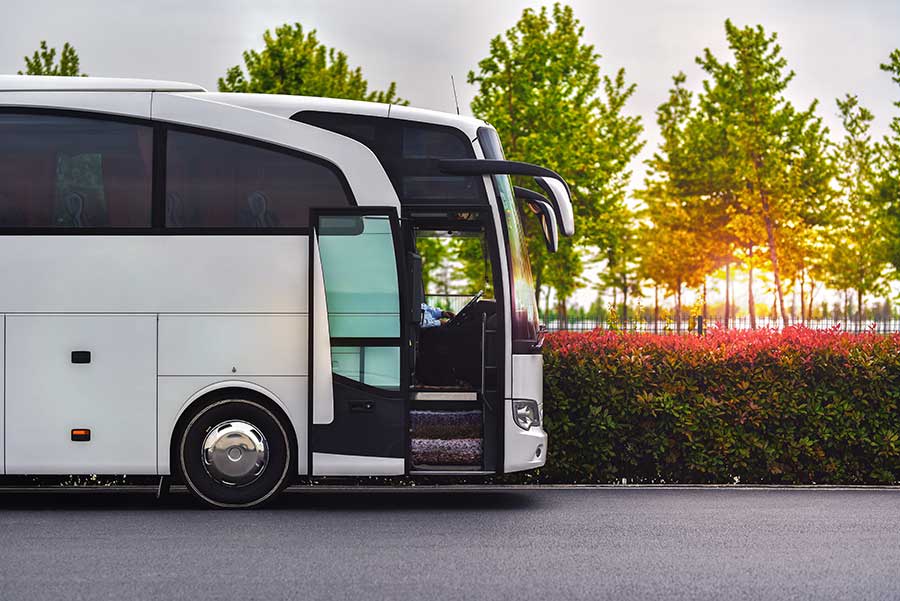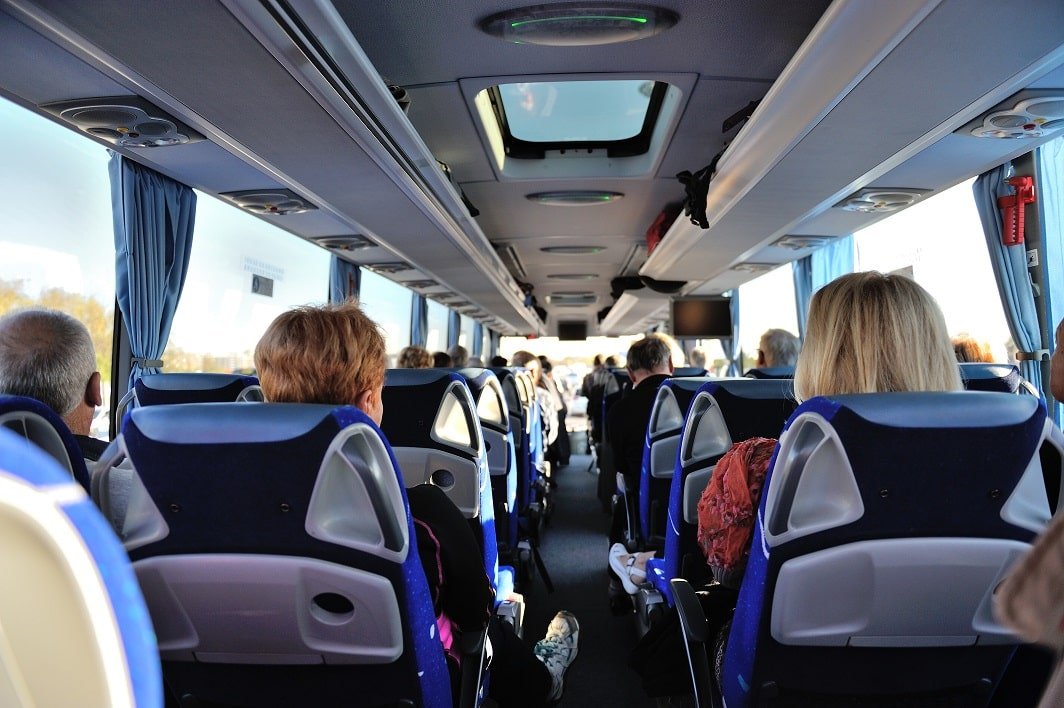20 Recommended Suggestions For Picking Employee Transportation Sites
20 Recommended Suggestions For Picking Employee Transportation Sites
Blog Article
Ten Tips To Estimate The Cost And Planning For The Cost Of Employee Shuttles
Here are 10 great tips to budget and cost employee shuttles:
1. Perform a comprehensive Analysis of Costs
Begin by conducting a thorough cost analysis of the whole shuttle service. The analysis should include expenses for leases or purchases of vehicles along with operating expenses like fuel, insurance, and the salaries of drivers. Understanding all costs will give you a better idea of the budget needed for a successful shuttle service.
2. Establish Clear Budget Goals
Create budget-specific goals Based upon the cost analysis. Consider how much your business will invest in shuttle services and determine key performance indicators (KPIs) to gauge the success of the service. These KPIs comprise employee satisfaction, the rate of use, overall efficiency, etc. Clear goals can help you allocate resources and determine how to spend your money.
3. Explore your Funding Options
Look for funding options to assist the shuttle service. It could be internal company funds, grant funding or partnership between local transportation authorities and the company that provide financial aid or resources. Understanding the various funding options can help ease some financial burdens and permit more services.
4. Prioritize the most cost-effective alternatives for vehicles
Prioritize cost-effective vehicles that meet the purchase price as well as the ongoing operating expenses when choosing the vehicles to be used for shuttle services. When deciding on the type of vehicle to use to be shuttled take into consideration factors like fuel economy, maintenance needs and durability of the vehicle. Consider purchasing used vehicles that are in good condition or leasing instead of purchasing can also reduce upfront costs.
5. Create a Dynamic Pricing Model
Think about an automated pricing system for shuttle service, if it's possible. You could charge a nominal cost for using the shuttle. This could help offset the cost. Pricing based on the amount of usage can encourage employees to take advantage of the service and still contribute to the budget.
6. Use technology to reduce costs
Use technology to improve efficiency and reduce costs. Fleet management is able to track the use of fuel and monitor maintenance. They can also optimize routes. GPS tracking is an excellent option to decrease idle time and increase scheduling. The initial investment cost for the latest technology can be expensive however the savings over time can be significant.
7. Monitor and Control Operating Costs
Examine operational costs frequently to find areas where they can be cut. Be aware of your expenses for maintenance, fuel consumption as well as the number of hours a driver spends. By implementing strict control of fuel, like encouraging environmentally friendly driving can help you save. Establish quarterly or monthly reviews to make sure your shuttle service is on budget.
8. Encourage your employees to be involved in cost-saving initiatives
Encourage employees to take shuttles to save money. Encourage employees to carpool, or reward those who frequently utilize the shuttle. Employee engagement can not only increase a sense ownership but also result in an increase in the number of people who use the shuttle.
9. Plan for Contingencies
Budgeting for unplanned expenses requires a contingency account. Shuttle services can be faced with unexpected costs, like the fluctuation in fuel prices or need for repairs. A small amount of budget could be allocated to cover emergencies. It gives the service an insurance policy and allow it to continue operating efficiently.
10. Check and tweak your budget
Additionally, you should constantly alter the budget in order in line with actual usage and performance. Ask employees for feedback on their satisfaction and experiences with shuttle services. Regularly assessed results will reveal trends in transportation, and enable timely adjustments to budget.
Implementing these tips can help you manage the costs and budget for employee shuttles, eventually improving the efficiency and satisfaction of this service. View the most popular employee shuttle blog for site info including reliable transportation, shuttle bus service, shuttle buses to lax, airport shuttle bus, airport pickup, private car service, shuttle buses to lax, direct transportation, shuttle bus, los angeles airport shuttle to anaheim and more.
10 Tips To Help You Identify The Cost And Budget Of Corporate Event Transportation
Here are ten top suggestions for budget and cost aspects to take into consideration when selecting the right corporate event transportation service.
1. Complete a Cost Analysis
Conduct a thorough cost analysis for every aspect of the services. This includes costs for vehicle leasing or rental and driver wages, fuel and expenses, insurance, maintenance, and additional fees such as parking or permits. Understanding the total cost can aid in establishing a realistic budget.
2. Budget Clarity
Set up a budget that clearly outlines the amount of money your company will be able and willing to invest in transportation. The framework for budgeting should reflect all costs identified and provide the flexibility to cover unexpected costs. The budgeting process helps with the decision-making process, while also ensuring that transportation costs are manageable.
3. Explore a variety of transportation options
Examine the options for transportation like shuttles and vans. Examine the cost associated with each option, considering factors like capacity as well as comfort and ease of use. Transport budgets can be maximized by choosing the most cost effective option that best meets attendees’ needs.
4. Transport Providers: Conclude contracts
You can negotiate the contract to ensure you get the best price. A lot of transportation companies are able and willing to offer discounts on big events and bulk bookings. A good relationship can lead to better rates, better service, and ultimately a budget-friendly experience.
5. Plan for Fuel Costs
The cost of fuel is a significant factor in transportation expenses. Determine the number of trips and the distance required to reach the event. If you can, discuss fuel-efficient vehicle options with the transport company to save money.
6. Include Contingency Funds
A portion of your budget must be set aside for unexpected expenses. Transport can be unpredictable, with potential issues like breakdowns of vehicles or the need for additional trips needed. You can handle unpredictable situations with funds for contingencies.
7. Think about discounts for groups and package deals
Transportation providers often offer special deals or discounts for groups. Numerous companies offer discounts for corporate events and large groups. Discounts can add up to huge savings. Inquire about any available packages that offer extra services, such as on-site coordination, or additional vehicles, at a discounted rate.
8. Track and monitor your expenses
Maintain a close watch on all transportation-related expenses throughout the planning and execution phases. Excel spreadsheets and budgeting tools can be used to monitor costs real-time. Monitoring expenditures can help to identify areas of savings and keeps the budget on track.
9. Collect Feedback to Improve Budgeting
After the event collect feedback from guests about their travel experience, as well as any costs associated with it. The feedback you receive will provide invaluable insights into how efficient the transport service is, and will help inform your future budgeting choices. Understanding what worked well and what didn't will help to improve the budget for future occasions.
10. Evaluate your Total Cost of Ownership
The cost of ownership total for cars should be considered when choosing an option to travel. It is not just the initial rental or purchase cost, but also the ongoing costs like maintenance, insurance and depreciation. Knowing TCO lets you make informed decisions by balancing initial costs and future financial consequences.
These suggestions can help you manage your costs and make budgetary decisions that are based on the transportation for your corporate event. Budget planning is important in order to make sure that transportation requirements of the event are fulfilled however, it can also help to ensure that the event is successful by allowing the attendees to concentrate on the event instead of the logistics. A well-planned budget and effective cost-management improves the image of the company and shows a commitment to efficiency. Read the top event transportation service hints for site advice including logistics services near me, global transport, transportation management solutions, logistics transportation services, transport services near me, globe transport, us transport, logistics services near me, managed logistics, pace transportation and more.